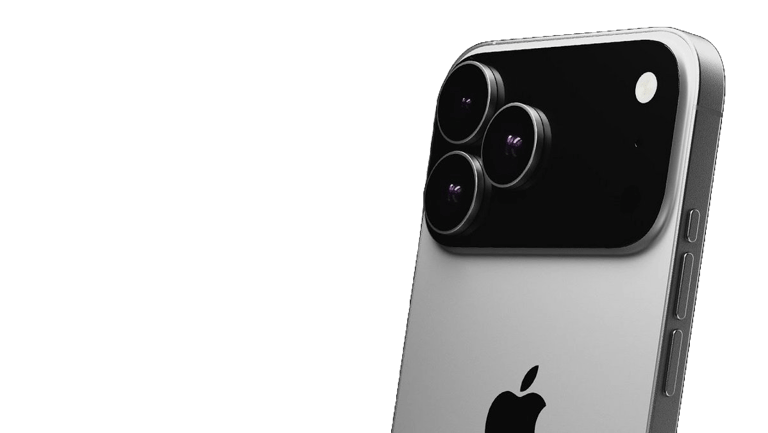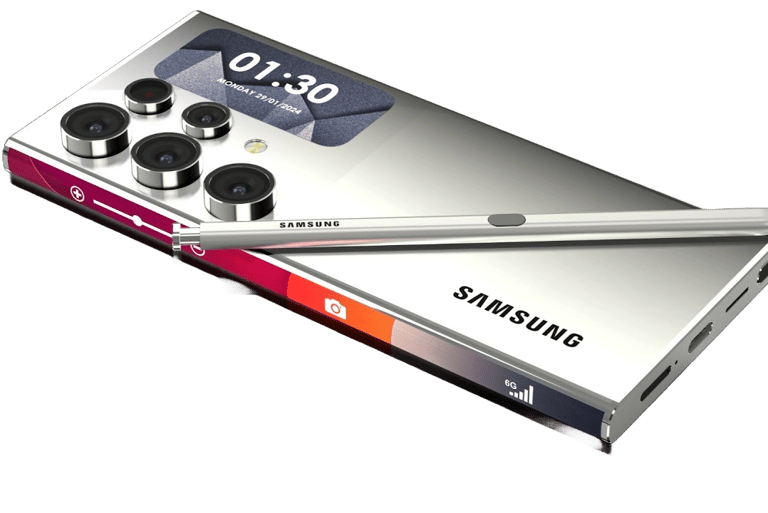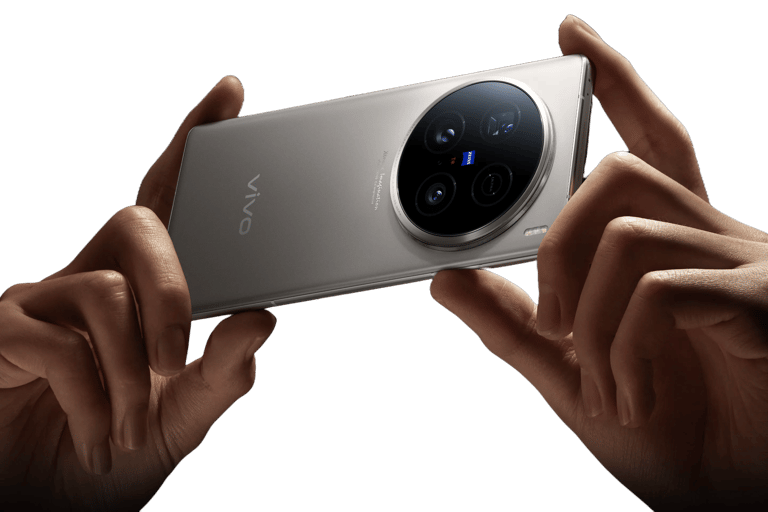
The brands battle on smartphone between innovation and economic precarity


The current state of the smartphone market
The smartphones market is now marked by an intense competition among major brands, notably Vivo, Xiaomi, Apple, Samsung and Oppo. Each of these companies seeks to stand out by introducing recent models that integrate innovative technologies
In addition, the iPhone 17 will continue to strengthen Apple's position on the market, with significant software and hardware updates that meet the expectations of its loyal users. Samsung, with its S26 model, does not remain outdone, putting a particular emphasis on innovation in terms of mobile photography and versatile screens. On the other hand, Oppo, which has gained popularity with young consumers, also offers attractive models that meet various needs.
However, this battle for market domination takes place in a precarious global economic context. Increasing inflation and economic uncertainty make the purchase of new more and more difficult smartphones for many consumers. Brands must therefore skillfully navigate between the development of advanced technologies and the need to offer affordable options. This duality complicates the marketing strategy, because manufacturers seek more to attract clientele looking for value rather than simply praising technical characteristics. Thus, the balance between innovation and financial accessibility becomes a major issue in the smartphones sector.
The limits of Android and iOS ecosystems
In the dynamic universe of smartphones, Android and iOS dominate the market in terms of market share and innovation. However, the ecosystems surrounding these platforms have notable limits that impact their performance and their perception by users. Although these operating systems offer a multitude of impressive features, it seems that they do not fully exploit their potential, leaving frustrated users.
One of the main gaps lies in the strict limitations imposed by brands. Each manufacturer adapts its interface and its applications, which generally generates a lack of harmonization within operating systems. This phenomenon is reflected in a fragmentation of the user experience, where certain features, in particular those linked to artificial intelligence, are not integrated in a coherent manner. Consequently, strategic updates that could improve the responsiveness and intuitiveness of the devices are often delayed, leaving users with a feeling of stagnation.
In addition, many functions added by brands may seem superfluous, creating an overload of options without real added value. Such features can dilute the user experience and harm the use of essential applications, sometimes encouraging users to turn to alternatives which, although less functionalities, can be perceived as more effective. The management of security updates, often neglected, exacerbates this problem, leaving many devices exposed to potential threats.
Finally, while the competition between the smartphones brands remains fierce, the way in which they exploit their Android and iOS ecosystems raises questions. The pressing need for optimization and harmonization of functionalities is crucial to guarantee a positive user experience, essential to maintain customer fidelity in this increasingly precarious economic environment.
The burden of exorbitant prices for the consumer
In a constantly evolving market, smartphones prices have reached remarkable heights, representing a real burden for consumers. This cost increase is often justified by smartphones brands by technological innovations, advanced designs and intensive advertising campaigns. However, a significant part of the population is faced with prohibitive prices that make access to modern technologies difficult, if not impossible, for the most precarious.
Brands, in fierce competition to capture the attention of consumers, tend to increase the prices of their new models. In this war of brands, the emphasis is on innovation to impress consumers wishing to acquire the latest gadgets. Nevertheless, this race for innovation is not without consequences. For many homes, the costs associated with the purchase of a high -end smartphone can represent a significant part of their budget. Consumers must then juggle between the desire to acquire the last devices and the economic reality that pushes them to make complicated choices.
In addition, this price dynamic affects the diversity of choices available on the market. Consumers who cannot afford an expensive smartphone are often forced to turn to less efficient models, limiting their access to essential functions such as quality photography, software updates or data security. This phenomenon also leads to broader consequences on the economy, because economic precariousness makes it difficult to acquire products which, in essence, should be considered essential in today's digital society.
Thus, the war of smartphones brands is not only limited to a competition for innovation, but also raises ethical questions about the value for money and access to technology for all segments of the population.
Towards increased accessibility and versatility
In a world where technology evolves at a dazzling pace, the question of the accessibility of smartphones arises in an essential way. Advanced in the field of smartphones offer countless features and innovations, but their high cost is a major obstacle for many consumers. In order to meet these growing challenges, it is imperative to develop smartphones models that are both affordable and versatile.
Innovation should not be limited to high -end devices; Manufacturers must focus on creating products that meet the various needs of the population. This includes the integration of essential features that promote daily use, such as advanced photography capacities, high -performance navigation systems, and intuitive applications, while ensuring that these devices remain within the reach of students, low -income families and start -up professionals.
A user -centered approach is fundamental to ensure that technology is accessible. This involves listening carefully to consumer concerns and expectations, as well as integrating technical solutions that meet sustainability and efficiency standards. For example, initiatives aimed at reducing the cost of materials without compromising quality can make smartphones more competitive on the market while maintaining an appropriate level of accessibility.
In addition, cooperation between manufacturers, governments and non -governmental organizations can contribute to efforts aimed at making technology accessible to a wider range of the population. By adopting a vision of collaboration, it will be possible to create environments in which smartphones become tools of emancipation and inclusion, rather than inaccessible luxuries.






